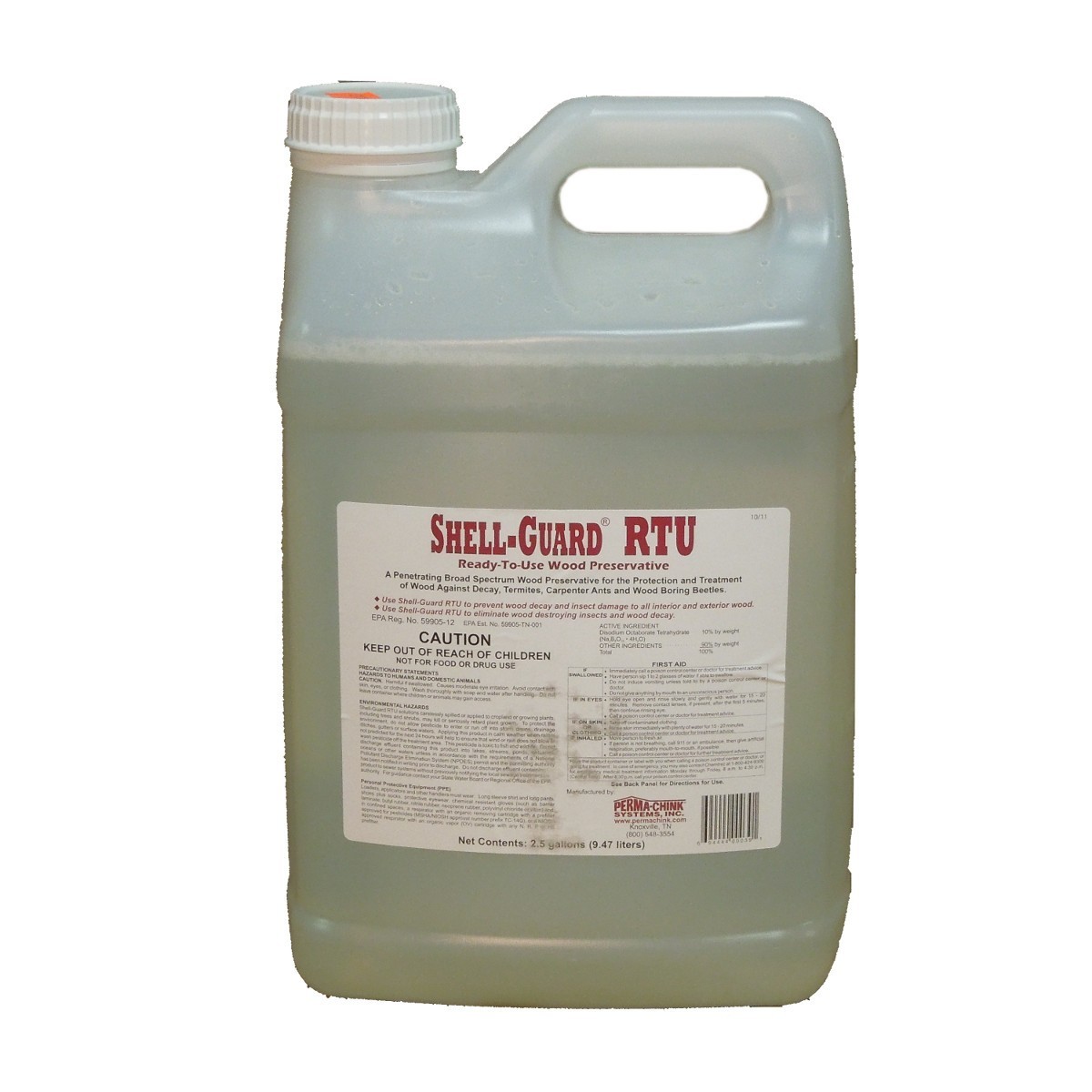CARPENTER ANTS – LIFE CYCLE AND SEASONAL ACTIVITIES
 Ants are now the number one household pest in the United States, leaving cockroaches well behind. A carpenter aunt infestation is a nuisance no matter what kind of house you have.
Ants are now the number one household pest in the United States, leaving cockroaches well behind. A carpenter aunt infestation is a nuisance no matter what kind of house you have.
Although there are more than 20 species of ants that are regular pests in buildings, only a few of them establish colonies indoors. Ants foraging for food and water indoors are usually workers from colonies that are located outdoors. Their nests are in the soil around the perimeter of the house or the yard.
The pest status of ants is based primarily on their presence indoors. However, carpenter ants have the added impact of being capable of causing structural damage. These wood-nesting ants are one of the most common household pests, especially in northern regions.
Carpenter ants are distributed worldwide, from tropical jungles to cold, north temperate regions. The common name comes from the habits of a few species that excavate wood to make their nests.
LIFE CYCLE
During the winter, carpenter ant colonies usually contain a small number of larvae and a large number of workers and winged adults (which may be as much as 30 percent of the colony). Mating flights of the adults take place on warm, still days in June and July. After mating, the young queen sheds her wings and establishes a small nest in a cavity of a log or stump.
The colony grows slowly for the first two years, but within five years it may contain 3,000 to 6,000 workers. When a colony reaches this size, it is capable of releasing swarms of winged adults. It will continue to do so until the queen dies. It is the presence of swarming ants or the activity of worker ants indoors in early spring that alert homeowners of a potential infestation.
SEASONAL ACTIVITY
APRIL AND MAY
In the spring, there is a considerable amount of foraging. The colony has spent the winter with little or no food, and there is a great need to replenish the energy reserves of the workers and adults. Basically, they are hungry and looking for food! Indoor colonies usually begin foraging in kitchens in February and March.
Eggs and larvae are produced in these colonies in January. Ants from outdoor nests are limited by temperature – they are not active until the ground temperature is above 50 degrees Fahrenheit. Periods of rain in the spring may lead to increased activity indoors.
JUNE
In northern regions, peak foraging occurs in June. In southern regions, the peak is in July. By this time, there are many aphids on shrubs and trees around houses or commercial buildings. There are larvae in the colony at this time, and the foraging workers can take advantage of the available honeydew.
Increased temperatures in June influence foraging so that carpenter ants are most active in the morning (from sunrise until about noon), then again in the evening from sunset until about midnight.
In late June, temperatures may be high. There is little or no foraging when the ground temperature gets above 88 degrees Fahrenheit.
JULY
Foraging continues at high levels during the early part of the month, because the larvae in the colony are growing and need to be fed. High ground temperatures during this month usually limit foraging to early morning.
SEPTEMBER AND OCTOBER
There is further decline in foraging activity during this time, as the colony prepares for winter. Most foraging stops when ground temperatures drop below 50oF.
NOVEMBER THROUGH MARCH
The colony is relatively inactive. It is composed of workers that have built up their food reserves during the late summer, which they will rely on to get through the winter. Outdoor colonies will become inactivated by cold temperatures, but thanks to built-in antifreeze, the ants can survive low temperatures. Winged ants are usually present in the colony and more will develop in the spring. They are ready for the first opportunity in the spring to leave the colony in a mating swarm – and start the process all over again.
Controlling the Infestation
The best way to control a carpenter ant infestation is to treat the infested area and those areas subject to infestations with a borate such as

Shell-Guard and Armor-Guard. Please keep in mind that Shell Guard and Armor Guard are not licensed for direct ground contact use. Both Armor Guard and Shell Guard are effective pesticides for eliminating and preventing carpenter ant infestations. Shell-Guard is recommended for treating active infestations because the glycol components aid the penetration of the borate into the wood where the carpenter ants are nesting.
This results in quicker control. Areas that have been treated with Shell-Guard will also be protected against future infestations. Armor-Guard is best used as a dust in wall voids and other areas as preventative measure. To find out more about borates and borate treatment click HERE.




